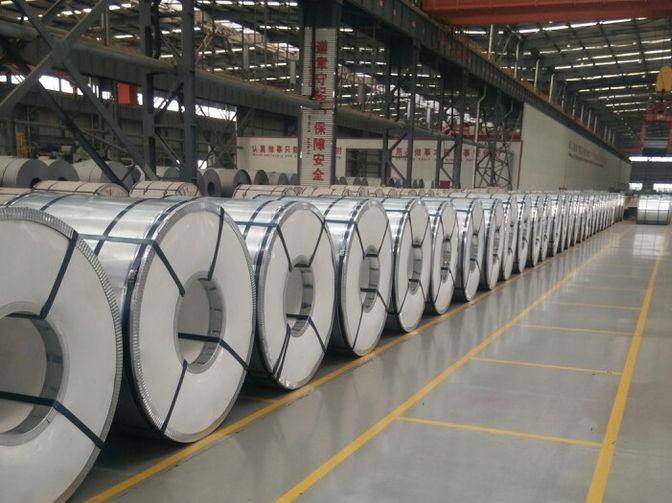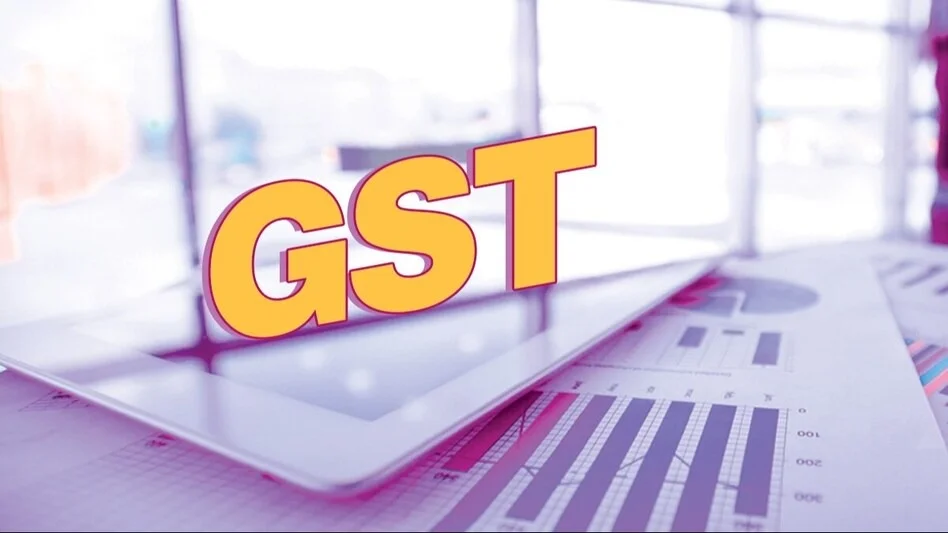India’s manufacturing sector surged to a 14-month high in June, defying global trade headwinds and demonstrating robust domestic demand. The HSBC India Manufacturing Purchasing Managers’ Index (PMI) rose to 58.4 in June from 57.6 in May, signaling sustained growth momentum in factory output, new orders, and employment.
According to HSBC Chief India Economist Pranjul Bhandari, “India’s manufacturing PMI reached a fourteen-month high of 58.4 in June. Robust end-demand fuelled expansions in output, new orders, and job creation.”
Key Highlights:
-
PMI climbs to 58.4 in June, the highest since April 2024.
-
Quarterly average PMI also rises to 58.1 in Q2 FY26 from 57.4 in Q1.
-
Export orders grow at the 3rd fastest pace since March 2005.
-
Job creation hits a new high, indicating improved business confidence.
-
Input cost inflation eases, giving manufacturers better pricing control.
Global Demand, Especially from the US, Fuels Growth
The surge in factory activity came despite ongoing external pressures such as rising US tariffs for the third consecutive month. Export demand remained a bright spot, with firms reporting increased orders from the United States and other major global markets.
“The rate of expansion in new export orders was the third highest since data collection began in 2005,” HSBC reported.
Employment and Pricing Trends Improve
Stronger demand translated into record-high job creation in June. Meanwhile, manufacturers gained more control over pricing, as input cost inflation dropped to a four-month low. This allowed companies to pass on some costs to consumers without major disruptions.
Industrial Output Tells a Contrasting Story
While PMI data signals optimism, the Index of Industrial Production (IIP) paints a less rosy picture. Industrial output grew by just 1.2% in May, the slowest pace in nine months. The slowdown was largely due to heavy monsoon rains disrupting mining and power generation.
-
Capital goods and construction sectors showed resilience.
-
Consumer durables and non-durables – key demand indicators – saw contraction, suggesting subdued consumer sentiment.
Outlook: Optimistic but Cautious
Despite the strong PMI numbers, uncertainties over inflation, global competition, and shifting consumer preferences are keeping businesses cautious.
“The outlook for Indian manufacturing remained positive in June, though concerns around pricing, demand shifts, and competition weighed on sentiment,” HSBC added.
What It Means for the Economy
With these mixed signals, analysts expect India’s GDP growth in Q1 FY26 to moderate, especially in comparison to the 7.4% expansion recorded in Q4 FY25.
Still, the resilience in manufacturing, especially exports and job creation, provides a cushion to India’s broader economic trajectory.
Source: MoneyControl










